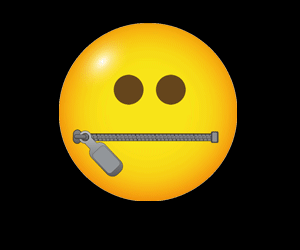The second waves have killed far fewer people than the first waves Back in March we were facing a potentially apocalyptic scenario. An unknown and lethal disease, against which we had no immunity, was starting to run wild across the world with Europe apparently worst affected. At minimum, health systems would be at risk of collapse and some forecasts of the potential death toll put it at half a million in the UK alone. Shortages of basic foods and other essentials stoked real fears of supply chain breakdown, hunger, social unrest and worse. In response, our society and economy were effectively suspended. As a grateful public, we clapped and whooped in the street as we submitted ourselves to an unprecedented curtailment of our personal liberties. We accepted the inevitable temporary damage to our lives and livelihoods, and to our children’s education, as necessary in the face of such a grave threat. This was partly because we were afraid, and partly because the goals and logic of public policy were clear. The message ran like this: “We can’t prevent the disease from running through the population until a vaccine is available. This will take until 2021, so in the mean-time we must slow its progress, flatten the curve and make sure that our health systems don’t become overwhelmed.” Implicitly, once the ...






